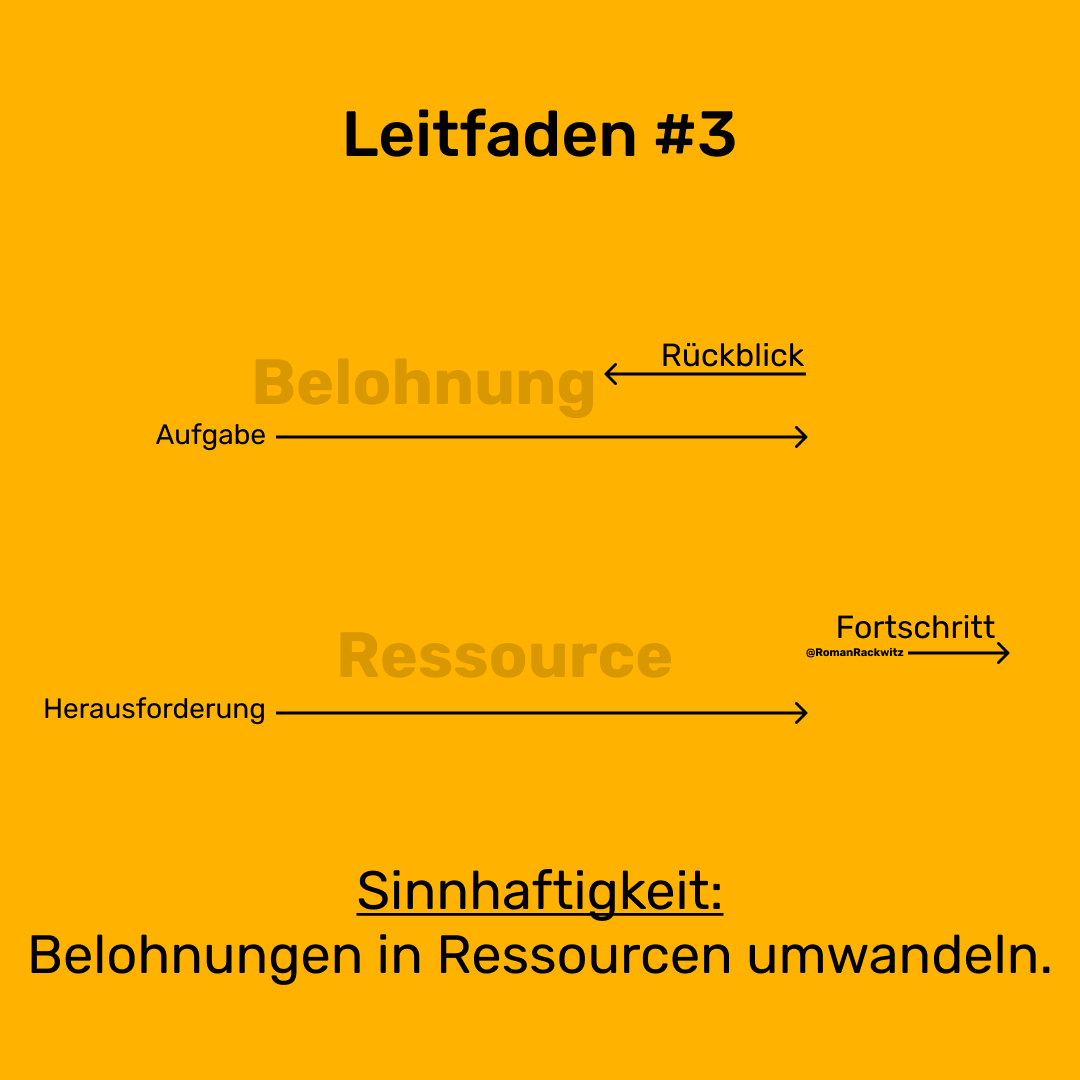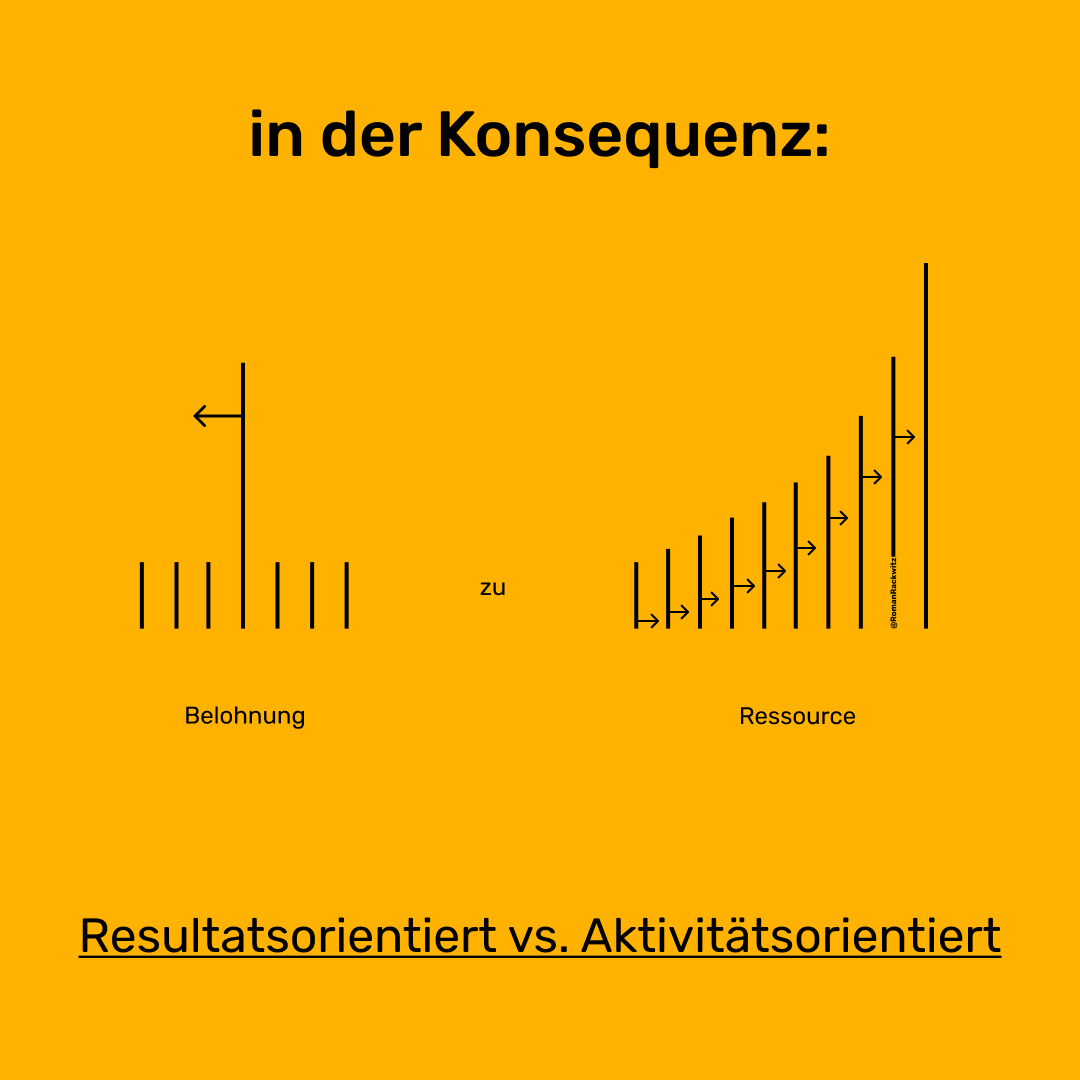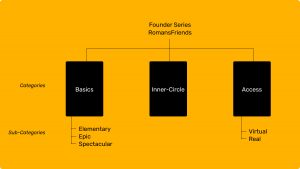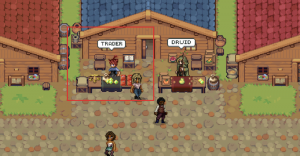Forward Gamification stands for a new category in this nevertheless very heterogeneous gamification industry.
When you hold out the prospect for people to experience progress, in a way that allows them to learn & grow at the same time, you create the best environment for people to enjoy continuing to do something.
This is also the core principle behind our playful passion. The game itself, no matter what medium, whether it's a video game, catching in the garden, playing cards or board games, sneaking up on people, just like our hobbies, if you think about it, are based on problem sets.
It is fascinating to observe that humans pursue a great deal of voluntary activity in which the goal is to overcome self-imposed challenges. The reality contradicts our existing image of man in many ways. Among others also in the fact that he likes to have it easy, to reach the goal quickly or prefers to act for rewards.
If that were the case, then the medium of games would be pretty much the least attractive occupation. Nowhere else is it made intentionally difficult to reach the goal. Or would you like 'Super Mario', Tetris or Sudoku better if you only had to press the red button and the game is won?
Reality contradicts our existing image of man in many ways. Among other things, also in the fact that he likes to have it easy, to reach his goal quickly or prefers to act for rewards.
Category Forward Gamification
To make it clear and also to take this into account, as a gamification designer I have been pursuing an orientation for some time now, which I call category Forward Gamification.
In April, I published an online course , where the term "Forward Gamification" has not yet been used, but the content already provides the necessary knowledge and methods.
Whatever you ultimately call it (reward gamification, forward gamification, or whatever), the clear difference can be seen in the design. It's not about how the pixels end up on a possible screen, what mechanics you use, or what atmospheric style, tonality, story you use. Not even whether one chooses explicit gamification or implicit gamification here. The fundamental difference is found in the primary communication of the gamification design with its user:
Does the big 'idea' PRIMARILY consist of performing something so that you get something afterwards - for example, points, badges, a better place in the leaderboard, another 'dash' in the progress bar - or does the gamification design motivate with the possibility of taking on an even higher challenge once you've grown at the current one?
The result
It also works both ways, but the decisive factor is what the PRIMARY orientation is. The result is fundamental: in the Reward Gamification category, you experience it more like a kind of to-do list. The activity itself is not that attractive, but at least you get something for it.
The Forward Gamification category instead allows you to focus on figuring out the solution. In contrast to Reward Gamification, this category is more result-oriented, while Forward Gamification is activity-oriented.
Why this very distinction is so relevant to businesses is explained perfectly in this famous TED Talk by Dan Pink: The Puzzle of Motivation.
Transactional or Journey
Gamification or gamification design is too often viewed simply in transactional terms. You do something and you get something in return. One thinks and designs in stages. In doing so, people like to refer to the level design, which is of course familiar from games. The rewarding of the user with points is also justified in this way. In the process, they forget that the game as a whole is viewed as a journey.
A level here is just a way of communicating that you have reached a (significant or completely unimportant) milestone from the game designer's point of view. Completing a milestone only becomes emotionally significant if the player considers his or her achievement in it to be valuable. Simply working through tasks that anyone can do, or that do not require any additional development, are then again seen as rather monotonous and as to-dos.
Forward Gamification means thinking in Journeys
If one now wants to move away from the old gamification category of the Reward Gamification then I can recommend one thing above all: Think about journeys that are worthwhile. Primarily for the user, so that it is also worthwhile for you or the organization.
In the new Forward Gamification category, one therefore decisively avoids retroactively rewarding tasks that have been performed, but instead enables the people involved to look forward by providing access to challenges and the appropriate tools for doing so.
Reframe rewards into resources


With that thought, I'll close this post. We, with over 12 years of experience in gamification design, are 100% behind this category. We even go so far as to currently put a lot of our resources into developing a SaaS so that anyone can easily start thinking in terms of Journeys and aligning with them for their customers & users.
If you like this, then just join us and accompany us in this new category. Let me know gladly, should you also be interested in the Gamification.design course.


